Therapy of angina pectoris
introduction
Angina pectoris is a symptom that occurs as part of an insufficient supply of the heart muscles with blood. The therapy depends on the type of angina pectoris.
If pain in the chest area occurs, a doctor should always be examined. The attending doctor can then initiate the further necessary therapeutic measures.

Treatment of angina pectoris in general
Since angina pectoris can be life-threatening, you should see a doctor directly or call the emergency services. First, the possible cause should be eliminated. Everything is best to lie down with the upper body slightly elevated (this position relieves the heart).
The acute therapy of angina pectoris includes the administration of oxygen to improve the oxygen supply to the heart. The so-called vital parameters are also measured directly (blood pressure, pulse and oxygen saturation in the blood; these values provide information about the severity and further development of a patient, which is why they are always recorded). Furthermore, an intravenous access is placed in the arm so that medication can be administered in an emergency and an electrocardiogram (EKG) is recorded. This gives information whether it is a heart attack, angina pectoris or perhaps no heart disease at all.
However, this is still confirmed by a blood test in the hospital. There are cases in which no changes can be seen in the ECG, but the heart enzymes examined in the laboratory still confirm a heart attack. The patient must now be monitored continuously. This means that the vital parameters are regularly checked closely and a monitoring ECG remains connected.
In order to widen the vessels in the heart, a spray (nitrolingual spray) is also placed under the tongue, this contains nitric oxide, which has a vasodilating effect. cause. You can also give so-called ß- (= beta) blockers. These work via the ß-receptors on the heart and thus lower the heart rate and the speed at which the heart muscle cells contract. This lowers the stress on the heart (it has less need for oxygen) and thus the symptoms.
In the case of Prinzmetalangina, however, no ß-blockers are administered. Calcium antagonists (i.e. opponents) also reduce the heart's need for oxygen and are therefore also used in treatment.
In the hospital, there is another intensive medical observation and the causal therapy. For example, a stent or bypass operation could be considered in the case of a stenosis. The therapy also tries to treat the possible causes of angina pectoris. One tries to treat all blood vessel-damaging diseases (such as high blood pressure or diabetes mellitus).
One also tries to recognize stress triggers so that the patient can avoid them in the future. If it is suspected that the angina pectoris attack triggered a heart attack, treatment is different. Here the blood thinners heparin and ASA are given as drugs.
Forms of angina pectoris and their treatment:
Therapy of stable angina pectoris
Angina pectoris (Chest tightness) is a symptom that is usually associated with a circulatory disorder of the heart vessels, the so-called coronary artery disease (CHD) occurs. Stable angina pectoris is present if it has occurred more often and always to the same extent. So while this is a symptom that indicates a heart condition, it is not an acute emergency. Medicines are available to treat the uncomfortable feeling of pressure in the chest area. These are preparations that contain the active ingredient nitroglycerin, also known as glycerol trinitrate.
Colloquially they are often called nitrates or nitrospray for short. Nitroglycerin releases nitrogen (NO) in the body. This leads to a dilation of the vessels via a reaction chain. The blood vessels, especially the coronary arteries (Coronary arteries) are the trigger for the symptoms in an acute angina pectoris attack. Not enough blood gets through the vessels and the blood flow to the heart muscle is reduced. If nitroglycerin is used, the blood vessels expand and more blood reaches the heart. With stable angina pectoris, the symptoms usually subside quickly after taking nitroglycerin. Nitroglycerin is available in various forms, for example as a pump spray that has to be given under the tongue or as chewable capsules. Angina pectoris often occurs as part of physical exertion. In addition to drug therapy, it is important to stop physical activity immediately.
A doctor should be consulted immediately if the symptoms do not stop promptly after taking nitrous preparations or if they feel different than usual.
Therapy of unstable angina pectoris
An unstable angina pectoris is to be equated with the acute coronary syndrome.
In contrast to stable angina pectoris, in acute coronary syndrome it can be assumed that an acute myocardial infarction is present until proven otherwise. In the case of unstable angina pectoris, it is initially an acute emergency that requires an immediate medical consultation. The doctor first treating you will immediately write an EKG and draw blood to decide whether it is a heart attack or not.
If heart attack-typical EKG changes are found, the patient should usually be transported to a hospital immediately, where a cardiac catheter examination can be carried out. Once it is established that it is a heart attack, certain medications are given. These include acetylsalicylic acid (ASA) and heparin. Both substances serve to thin the blood. A third blood thinner (usually clopidogrel or prasugrel) may be given. Nitro preparations such as nitroglycerin can also be used in principle. However, they have no causal effect in unstable angina pectoris.
Depending on the accompanying symptoms, other drugs are used for unstable angina pectoris: Morphine can be used for severe pain and to calm down. If the heart rate is high, the use of drugs from the group of beta blockers can be considered.
If the on-site medical staff cannot immediately determine whether it is a heart attack or not, for example because no EKG machine is available or no blood can be drawn, drug therapy is used for unstable angina pectoris Most cases already started when an acute heart attack is suspected. In the case of unstable angina pectoris, it is essential to transport it quickly to a clinical facility so that further diagnostics can be carried out.
Therapy of Prinzmetal's angina / vasospastic angina
In the case of Prinzmetal's angina, unlike angina pectoris, it is not a vascular change due to calcification but a vascular spasm. The muscles of the coronary arteries cramp up and lead to a short-term reduced blood flow.
In acute cases, as with the classic form of angina pectoris, nitrate preparations are used for drug therapy. In addition, drugs from the group of calcium antagonists are used for treatment as part of prophylactic (preventive) therapy. These include drugs such as verapamil, diltiazem and amlodipine.
Guidelines
Recommendations for the treatment of angina pectoris are given in the guidelines of the German Society for Cardiology. They are not binding for the attending physician, but they are orientating and guiding. In summary, the guidelines suggest the following treatment concepts. First of all, the patient should pay attention to a healthy lifestyle. Cholesterol levels and blood lipids are said to be lowered through healthy, low-fat food and cholesterol-lowering medication. It should not be smoked and any excess weight should be reduced.
The drug treatment includes ASA 100mg to prevent blood clots. Furthermore, medication can be prescribed for prophylaxis of seizures, and nitrate is prescribed for acute angina pectoris attacks. The patient can use this remedy under the tongue, which means that it is absorbed very quickly. If the drug therapy is inadequate or if there is a coronary heart disease with ischemia of the heart muscle, it is recommended to widen constrictions in the coronary vessels in the cardiac catheter laboratory and possibly to take further measures such as stent implantation. If the angina pectoris and coronary artery disease are severe, bypass surgery should also be considered.
Medication
In an acute attack of angina pectoris, so-called nitro sprays are used, which act quickly and dilate the coronary arteries and thus alleviate the symptoms. Nitrate tablets, which can be dissolved under the tongue, work just as quickly.
Long-term medication must also be taken to avoid seizures. It consists of calcium antagonists such as amlodipine, which dilate the blood vessels and thus improve the blood flow to the heart. Long-acting nitrate preparations also have a vasodilator effect. Beta blockers are used in angina pectoris to reduce the heart's consumption of oxygen. If there is high blood pressure, it should be treated with medication due to the damaging effect on the blood vessels.
In addition to these drugs, patients with angina pectoris should receive acetysalicylic acid (ASS) to take. This prevents blood clots from forming, which can cause a heart attack or stroke. In addition, heparin is used to inhibit coagulation, which must be injected into the subcutaneous fatty tissue.
Cholesterol-lowering statins are used to stop the progression of a vascular disease, as the lowering of the cholesterol levels counteracts the build-up of plaque in the vessels.
Are you more interested in this topic? Read more about this under: Heart tablets
Nitrate spray
Nitrospray is a drug that is typically used to treat stable angina pectoris. In addition to this indication, it is also used for the acute treatment of high blood pressure values. The active ingredient is called nitroglycerin or glycerol trinitrate. By releasing nitrogen molecules, it ensures an expansion of the blood vessels and thus an improvement in blood circulation and a reduction in blood pressure. Nitrospray requires a prescription. It can be sprayed one or two strokes into the mouth, ideally under the tongue. The active ingredient is then absorbed through the oral mucosa. The effect sets in very quickly.
When do you need a stent?
A stent is an implant that is inserted into vessels to ensure that they do not close. Angina pectoris is a symptom that occurs in people who have calcifications in the area of the heart vessels. Depending on how pronounced these calcifications are, there is a risk that the vessel will be completely closed. Such a complete vascular occlusion leads to an acute myocardial infarction because the heart is no longer supplied with sufficient blood. Patients with acute myocardial infarction must therefore be taken to a cardiac catheter laboratory as soon as possible. A cardiac catheter examination is used here to assess which coronary vessels are blocked. The closed vessels are then expanded again and stabilized with a stent so that they do not close again immediately.
To prevent a dangerous heart attack from occurring in the first place, patients with angina pectoris should see a cardiologist (heart doctor). The doctor can then use various examinations to determine whether a cardiac catheter examination is necessary. If the cardiac catheter examination reveals a critical vascular narrowing of one or more heart disease vessels, stents are used.
Stents are therefore necessary in patients who have been found to have critical constrictions in the area of the coronary arteries during a cardiac catheter examination. However, stent implantation is not always a sufficient therapeutic measure, and bypass surgery may then be necessary.
Read more about this on our main page on the topic Stent
When is bypass surgery necessary?
There are two ways of restoring blood flow to the heart adequately in the case of constricted coronary vessels: inserting stents or bypass surgery.
With bypass surgery, the narrowed part of the affected vessel is bridged by inserting a new vessel.While stent implantation as part of a cardiac catheter examination is a relatively gentle procedure that does not even require anesthesia, bypass surgery is a major open heart surgery.
Which process produces the better result, however, depends on various factors. If, for example, several vessels are affected in unfavorable locations or main stem vessels, it is possible that stent implantation will not be sufficiently successful. Whether a bypass operation is necessary must be decided on the basis of a cardiac catheter examination.
In addition to the nature of the vascular constrictions, the patient's age and general condition as well as the patient's wishes also play an important role when deciding between stent implantation and bypass surgery.
Read more on the topic: Cardiac bypass - when is it used?
homeopathy
If you want to treat angina pectoris with homeopathic remedies, you should always know that there is a potentially life-threatening illness that should be clarified by a doctor. Conventional medical therapies have proven their effectiveness in studies and are therefore an essential part of the treatment, homeopathic measures can have a complementary effect.
In the presence of angina pectoris, homeopaths recommend the so-called gold drops. They are made up of Crataegus (Mother tincture), Aurum chloratum Dil. D4, Convallaria majalis Dil. D1, Ignatia Dil. D4 and Arnica mother tincture. They are supposed to promote the blood flow to the heart and generally have a positive influence on the blood vessels.
Crataegus, in German hawthorn, is also used alone, without combination with other homeopathic remedies. In addition to promoting blood circulation, hawthorn is said to have an increasing effect on heart strength. Homeopathy may only be used for mild discomfort, if the pain persists for more than half an hour after an attack, a doctor should be consulted.
Which sport can help?
The right exercise in the right dose leads to improved blood flow to the heart. However, exercise is contraindicated in patients with unstable angina pectoris.
Patients who are already known to have coronary heart disease should first consult the treating cardiologist. This can decide whether and to what extent exercise is recommended. During an ergometric examination, he can determine whether there are changes in the ECG under physical exertion, which should be clarified. If this is not the case, all moderate endurance and strength sports are suitable for patients with stable angina pectoris. The training should be started slowly and gradually increased. Training units 3-5 times a week with a duration of 30-90 minutes are ideal.
Possible endurance sports are, for example, cycling, hiking, walking, jogging or swimming. Which kind of sport is suitable for which patient, of course, always depends on possible existing comorbidities. For heart patients who also suffer from osteoarthritis or diseases of the spine, cycling or swimming may be more suitable than sport.


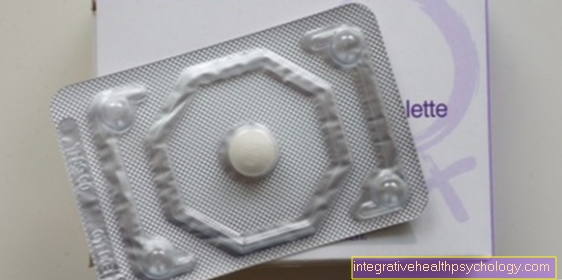

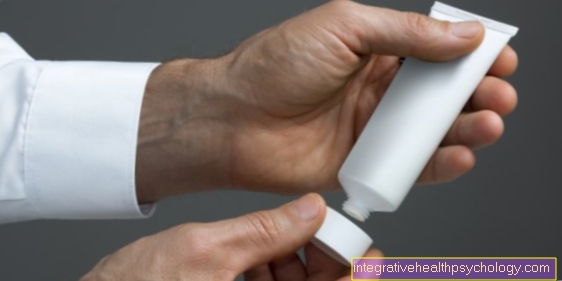

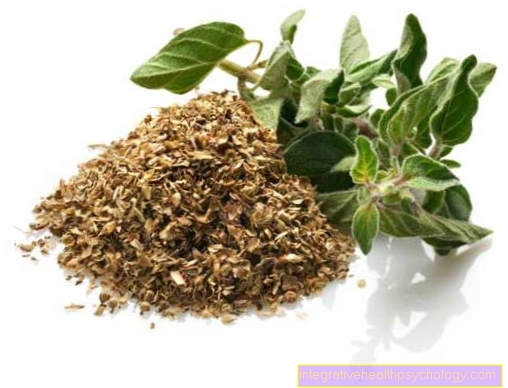





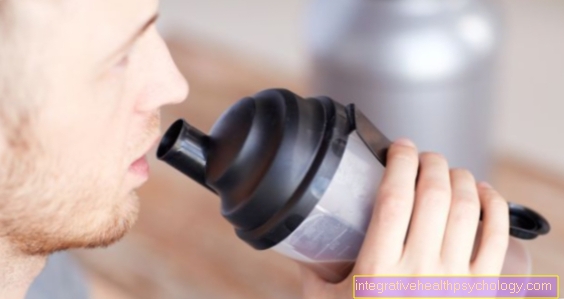
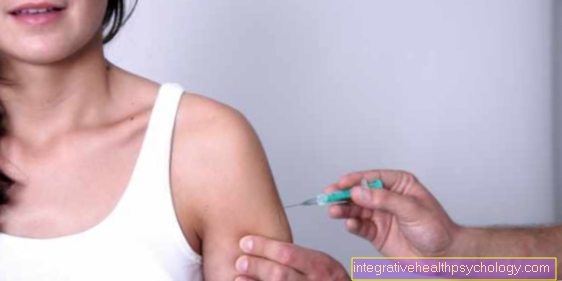

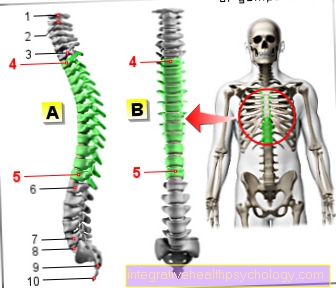

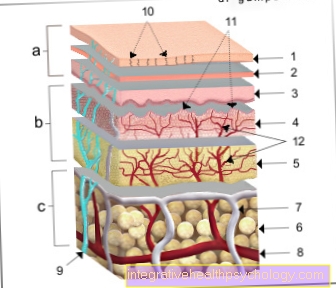

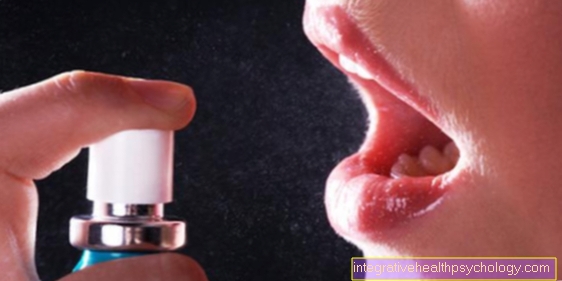
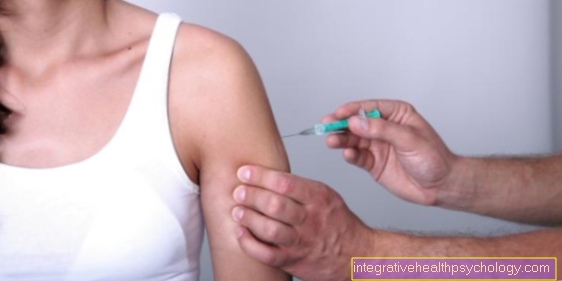

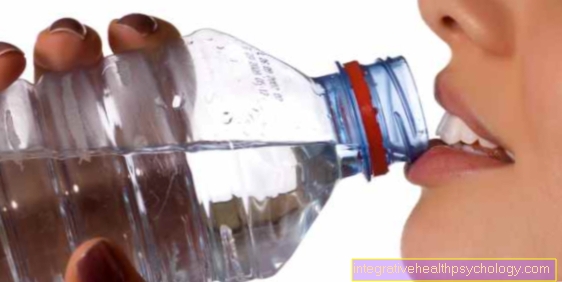
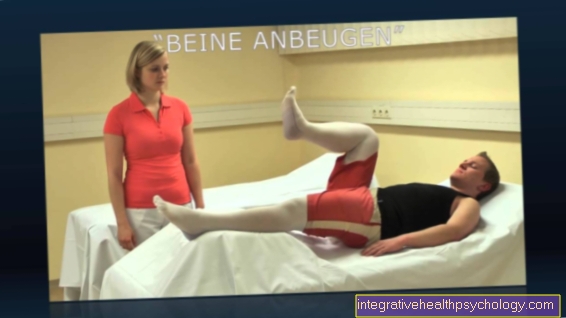


.jpg)


